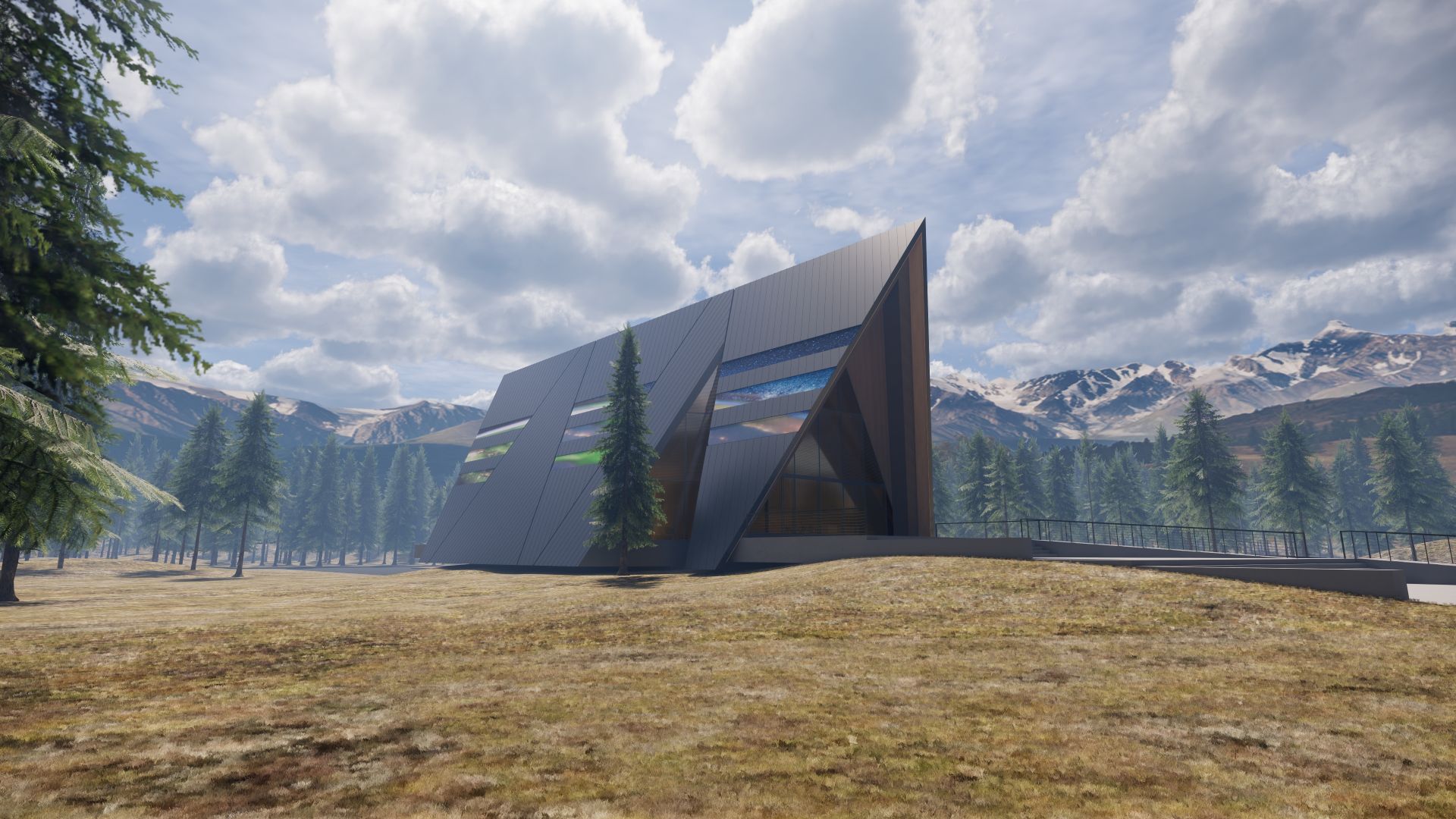Artist’s concept of a fission surface power system on Mars. (Image: NASA)
NASA and Idaho National Laboratory have just opened a competitive solicitation for U.S. nuclear and space industry leaders to develop innovative technologies for a fission surface power system that could be deployed on the surface of the moon by the end of the decade. Battelle Energy Alliance, the managing and operating contractor for INL, issued a request for proposals and announced the news on November 19. Proposals are due February 17.
Westinghouse president and CEO Patrick Fragman and Energoatom president Petro Kotin sign a contract for the first AP1000 in Ukraine. They are joined by U.S. charge d’affaires to Ukraine Kristina Kvien and Ukraine energy minister Herman Halushchenko. (Photo: Westinghouse)
Westinghouse Electric Company and Energoatom, Ukraine’s state-owned nuclear utility, signed a contract in Kyiv yesterday outlining the details of an agreement to bring the Westinghouse AP1000 reactor to Ukraine’s Khmelnitsky nuclear power plant.
According to a Westinghouse press release, the contract initiates engineering and procurement of long-lead items for the reactor.
Signing the contract were Patrick Fragman, president and chief executive officer of Westinghouse, and Petro Kotin, Energoatom’s acting president. U.S. charge d’affaires to Ukraine, Kristina Kvien, and Ukraine energy minister Herman Halushchenko also attended the event.
The Humboldt Bay nuclear power plant as seen from Humboldt Hill in 2010. (Photo: Wikimedia Commons.)
The license for Pacific Gas & Electric Company’s Humboldt Bay Unit 3 nuclear power plant near Eureka, Calif., has been terminated by the Nuclear Regulatory Commission, and the site has been released for unrestricted use. A 65-MWe boiling water reactor plant, Humboldt Bay-3 operated commercially from 1963 to 1976.
A screenshot from NuScale's latest video about three current research facilities. (Image: NuScale)
The Department of Energy is funding an independent review of NuScale Power’s safety analysis report (SAR), to be conducted by Ukraine’s State Scientific and Technical Center for Nuclear and Radiation Safety (SSTC NRS), the Portland, Ore.–based small modular reactor developer announced on November 18.
Artistic rendering of the Hermes low-power demonstration reactor, a scaled-down demo of the KP-FHR. (Image: Kairos Power)
The Nuclear Regulatory Commission recently issued a draft safety evaluation report indicating initial acceptance of Kairos Power’s source term methodology for its fluoride salt–cooled high-temperature reactor (KP-FHR).
Volunteers staff the Nuclear for Climate booth in the COP26 conference center. (Photo: Raquel Heredia Silva)
ANS sponsored 10 young nuclear professionals from the Young Generation Network, a branch of the U.K.’s Nuclear Institute, to attend COP26, the 2021 United Nations climate change conference, held in Glasgow, Scotland, where they helped deliver what was “by all accounts nuclear’s best representation at the COP ever,” according to George Burnett, one of four U.K.-based attendees sponsored by ANS.
[CLICK IMAGE TO ENLARGE] A comparison between MOOSE results and the analytical solutions for the fractions of point defects in an irradiated spherical Ni grain with a 500 nm radius. The grain boundary/surface at x = 500 nm is assumed perfect and neutral. (Source: From Frontiers in Materials paper "Surface and Size Effects on the Behaviors of Point Defects in Irradiated Crystalline Solids")
By using a combination of physics-based modeling and advanced simulations, Texas A&M University researchers say they have found the key underlying factors that cause radiation damage to nuclear reactors, which could provide insight into designing more radiation-tolerant, high-performance materials.
The Molten Chloride Reactor Experiment will be built at Idaho National Laboratory to demonstrate criticality in a fast-spectrum salt-cooled reactor within five years. (Image: Southern Company)
Artist’s conception of Oklo’s Aurora powerhouse. (Image: Gensler)




















